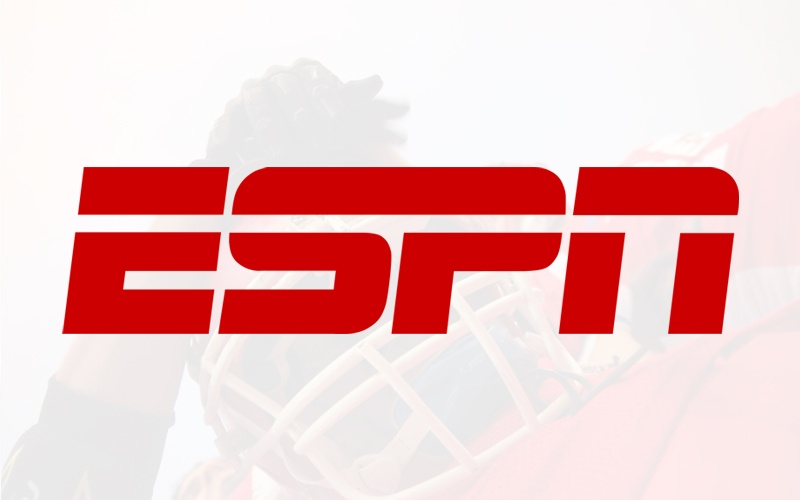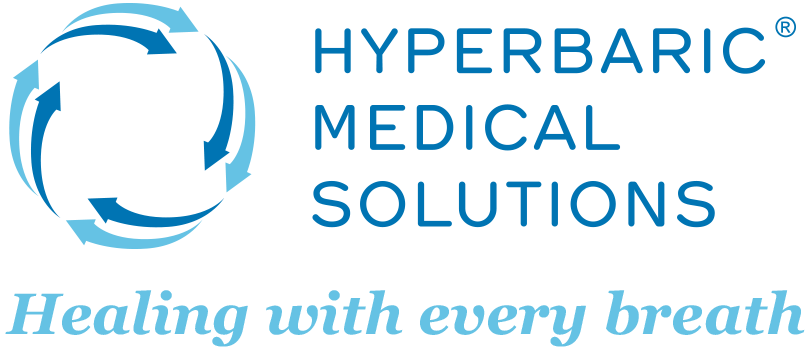ESPN: Joe Namath Uses HBOT As Concussion Treatment

On July 20th, we wrote to ESPN about a story by Peter Keating that appeared in ESPN the Magazine, and on ESPN’s website, called “Out of Thin Air.” The below video clip from Fox Business was titled, “Namath’s Uncommon Cure for Concussions?”
NFL Hall of Fame quarterback Joe Namath thinks that hyperbaric oxygen treatment has helped improve brain trauma that he believes was caused by hard hits during his football career. -Credit: espn.go.com
At the outset, we should note that we are excited about the story. We have come a long way in our ability to diagnose concussions, but effective treatment options for those debilitated by their residual effects (known as post concussive syndrome or mild traumatic brain injury (mTBI)) have lagged. So we applaud ESPN for delving into the subject.
We were disappointed, however, with the way in which the article treated HBOT, even calling it a “dubious” treatment in the video headline. Like many of our colleagues in the field of HBOT (including Drs. Miskin and Fox, featured in the article), we have seen the majority of our patients experience life-changing results, including reduced irritability and fatigue, less headaches and dizziness, and improved concentration and memory – just like Mr. Namath.
We were particularly disturbed by the absence in the article of a clear response by a medical professional to the criticisms lodged against HBOT by Dr. Cifu of the Veterans Administration (VA). There were major flaws with the studies performed by Dr. Cifu and his colleagues that should not be overlooked. The most important is that the “sham,” or placebo group, in virtually all of the VA-sponsored studies received HBOT at a “lesser” pressure than that of the treatment group, yet this pressure still increased oxygen saturation in the blood above normal physiologic levels, on average by about 50%. As a result, the findings did not reflect true treatment/no treatment comparisons, but rather only oxygen dosing comparisons. Significantly, Dr. Cifu also fails to mention that all patients treated in these VA-sponsored studies that had an increased blood oxygen concentration did in fact experience symptom improvement.
The off-label use of pharmaceuticals oftentimes have severe side effects including weight gain, sleep disturbances and even suicide.
We find the criticism of HBOT from the VA particularly troubling. Currently, there is no drug approved as treatment concussion and mTBI – all are used “off label.” The off-label use of pharmaceuticals oftentimes have severe side effects including weight gain, sleep disturbances and even suicide. At best, these drugs are merely short-term patches that do not actually treat the underlying chronic non-healing wound in the brain. On the other hand, to paraphrase Dr. Miskin from the video: HBOT heals wounds, no matter where they are in the body. The question then is, why is HBOT singled out by the VA when it has virtually no side effects and has never shown to do any harm to the patient?
We encourage people to review the research of Dr. Shai Efrati and his team at Tel-Aviv University. In his study titled, “Hyperbaric Oxygen Therapy Can Improve Post-Concussion Syndrome Years after Mild Traumatic Brain Injury – Randomized Prospective Trial,” Dr. Efrati studied 56 mTBI patients. He used SPECT imagining, cognitive evaluations, and quality of life testing, concluding that HBOT can induce neuroplasticity (brain’s ability to form new neural pathways) leading to repair of chronically impaired brain functions and improved quality of life in mTBI patients.
Contrary to what Dr. Cifu states about the use of SPECT scans, we can objectively see the brain healing on SPECT and functional MRI (fMRI) scanning by looking at the images before and after HBOT sessions. These imaging modalities look at the brain in real-time and measure blood flow. After a course of HBOT, the brain is healing. We can see on these images how HBOT regenerates damaged cells and induces angiogenesis or the formation of new blood vessels in the areas of injury.
Veterans groups have placed a large emphasis on treating traumatic brain injury for the hundreds of thousands of soldiers returning from Iraq and Afghanistan with these injuries. Many of these groups, including American Legion (see report titled The War Within), disagree with the VA’s position on HBOT. About a year ago, the New York State branch of the American Legion unanimously adopted Resolution #33 calling on the New York State Legislature to approve HBOT for TBI-affected veterans, referring to it as their “No. 1 Legislated Priority”. In May 2014, the State of Oklahoma became the first state to pass a law approving free HBOT to veterans suffering from TBI. Other state legislatures have explored similar initiatives, including Texas (status still pending).
Until funding is provided, however, many HBOT providers like Hyperbaric Medical Solutions, and other providers throughout the country, have offered HBOT to TBI-affected veterans at no charge. And many of these providers also work with civilians suffering from post-concussion syndrome and mTBI to ensure that they can also receive treatment. The reported cost of $75,000 in the article is ten times the average cost of a treatment protocol at reputable free-standing hyperbaric facilities across the country. Clearly nothing close to the number sited in Mr. Keating’s article.
So while concussion treatment is certainly not a matter of “one size fits all,” the majority of our patients, and those of our colleagues around the country, have experienced profound results using HBOT. We invite you to look deeper into the studies and question the motivation of our VA to deny what so many, including Joe Namath, are saying about HBOT.
-Dr. Scott Sherr
Written by Dr. Scott Sherr
...



